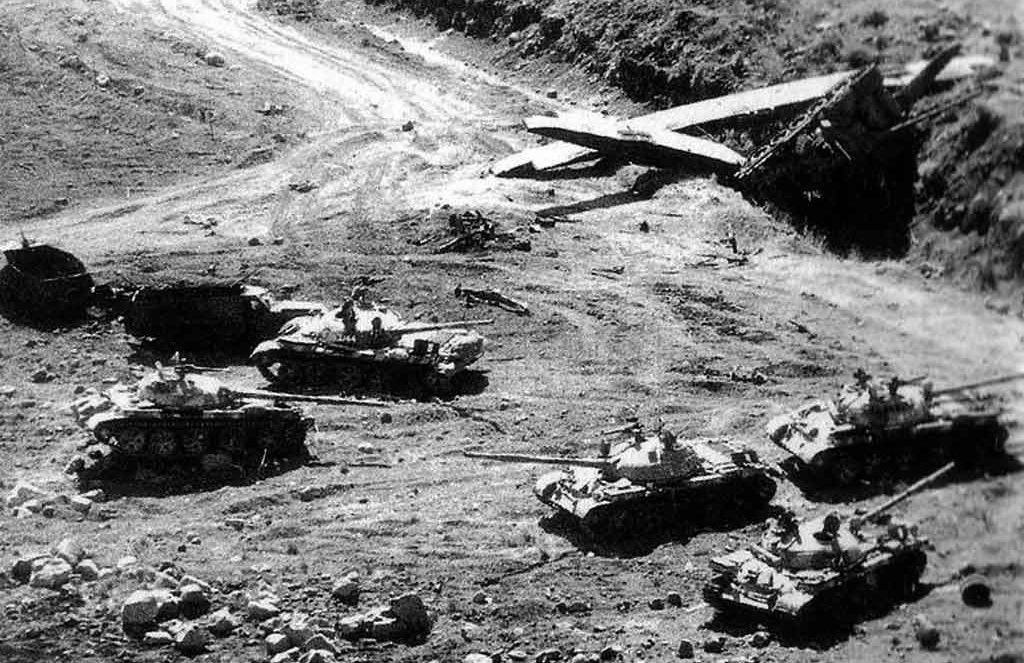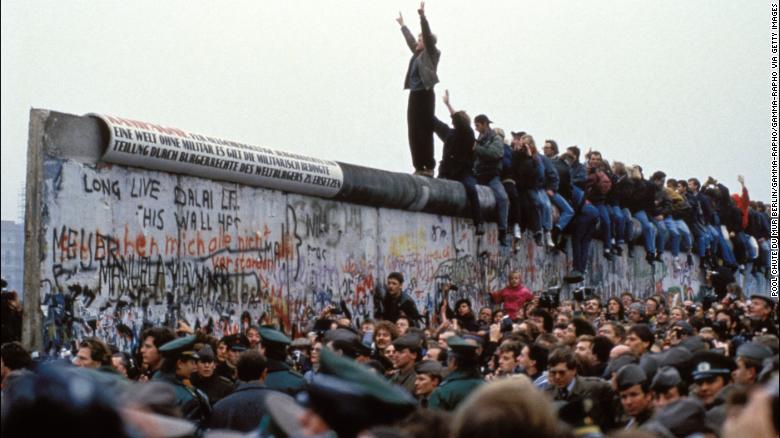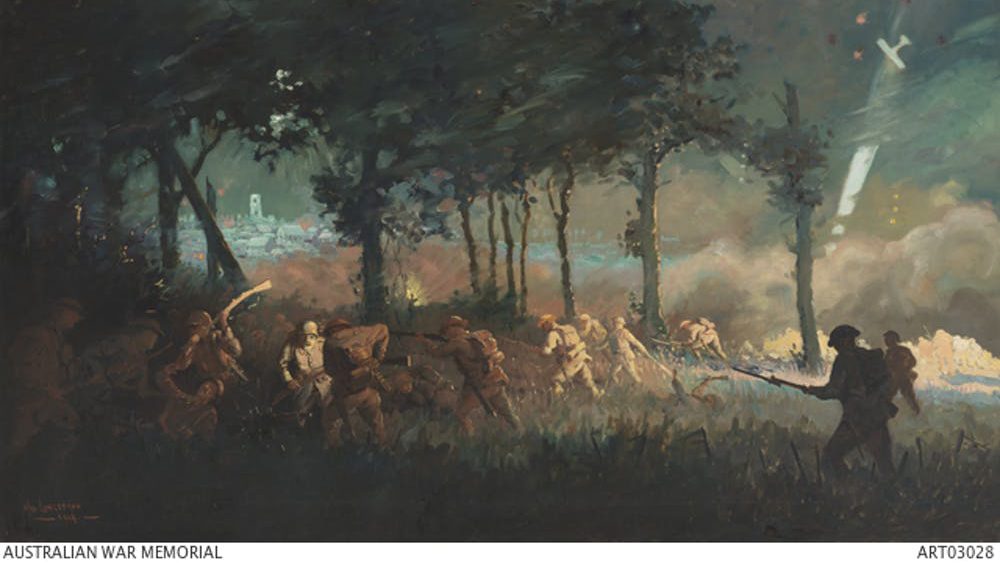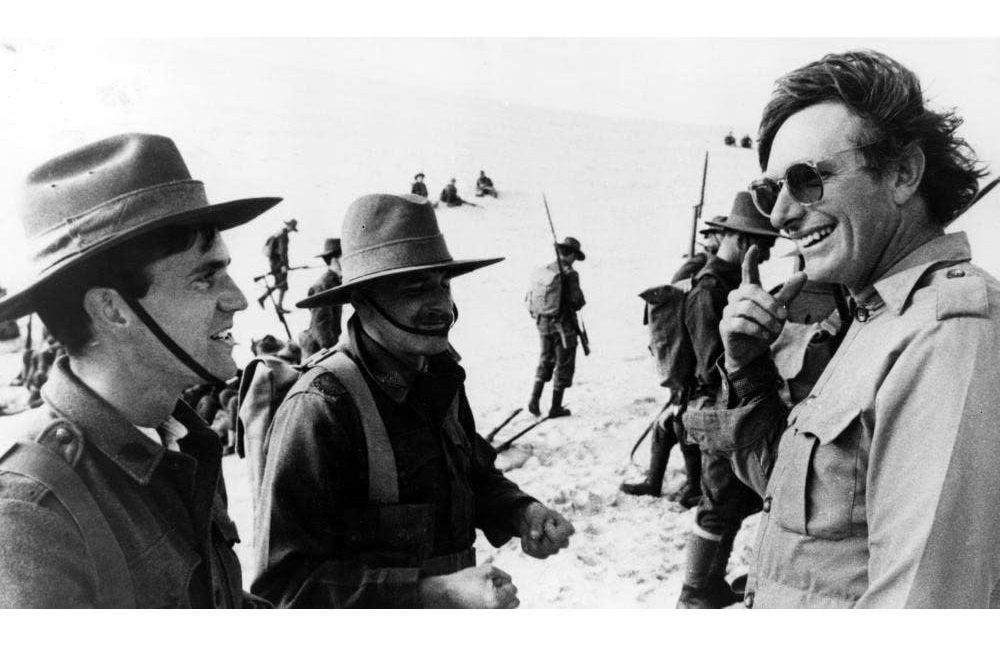Reading time: 6 minutes
On February 3, 2018, Russian Air Force Maj. Roman Filipov’s jet was shot down while attacking rebel positions in Syria. Filipov bailed out and, after a shootout with “terrorists,” blew himself up with a grenade rather than be captured. By the time of Filipov’s funeral, President Vladimir Putin had decorated him as a Hero of the Russian Federation. The incident highlights the depth of present-day Russia’s military involvement in Syria and elsewhere in the Middle East. For us, it precipitated a sense of déjà vu. Filipov was following the same directive—“do not be taken prisoner”—as the one issued by Soviet Defense Minister Andrey Grechko to Soviet pilots and other servicemen in Egypt where some 50,000 of them had been dispatched between 1967 and 1973 to support the country’s war against Israel.
By Isabella Ginor and Gideon Remez.
Direct Soviet interference in favor of Arab clients peaked in 1960s and 70s. As we’ve previously described, Soviet involvement in the Middle East began in the mid-1950s and intensified from the Yemeni Civil War in the early 1960s through the Six-Day War of 1967. Our new book, The Soviet-Israeli War 1967–1973 (Hurst/Oxford Univ. Press), extends this history to the Russian military intervention in the Egyptian-Israeli conflict that followed the Six-Day War. Egypt’s defeat in 1967, and Moscow’s failure to deliver its promised intervention, led the Soviet leadership to double down on its commitment to reverse the debacle with a military achievement. This was necessary in order to both redeem the USSR’s credibility as an ally and the reputation of Soviet weaponry; but Soviet involvement had to be understated. For our book, among other recently accessible materials, we explored memoirs by Soviet veterans of Middle East operations in the 1960s and 70s. Our research allowed us to reassess the timing, scope, and character of this Soviet intervention in what was then the Cold War’s hottest arena.
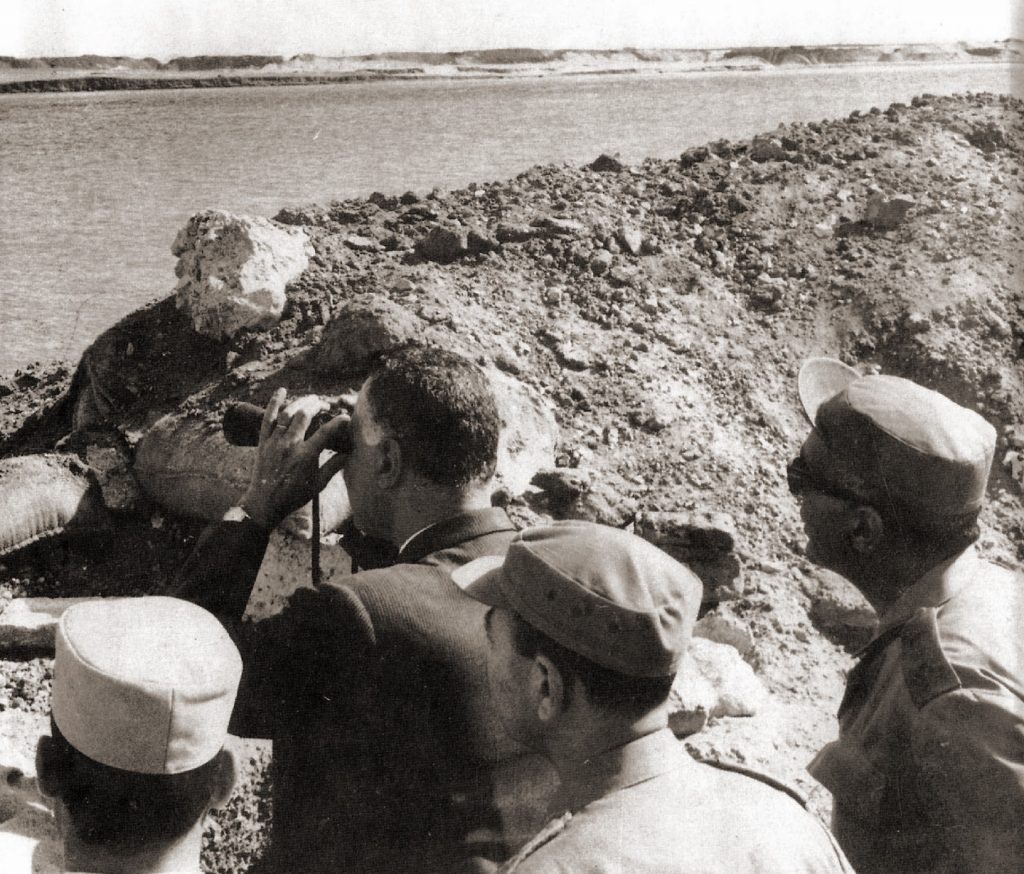
Compared to Russia’s present efforts to downplay the extent of its involvement in Syria, in the period we studied it simply denied its involvement against Israel. Veterans’ memoirs and other sources, however, yield clues that the USSR’s intervention back then may have been much greater than imagined. In one of the most telling reminiscences, for example, a political officer related burning copies of Pravda that arrived for his troops lest they see the front-page denial of “bourgeois lies” that they were engaged in combat along the Suez Canal.
Another tantalizing instance is a series of references to the deployment of a Soviet armored force to Egypt at the height of the War of Attrition against Israel in 1969–70. It is known that the Soviets dispatched an entire air defense division to Egypt, bringing its intervention (codenamed Operation Kavkaz) to 20,000 regular Soviet servicemen. These men were in addition to several thousand individual advisers attached to Egyptian formations; one of these advisers, naval officer Vladimir Kryshtob, who was posted on an Egyptian submarine based at Alexandria in November 1969, added a hitherto unknown element. His memoir (published in Novaya Gazeta in 2004), which has proved accurate in other matters, recounts that soon after his arrival he witnessed the manpower of an additional armored division “unloaded in the space of one night”:
They were driving around without insignia, all fair-haired and smiling. They got into the tanks and drove 80 km south into the desert. By dawn they had spread barbed wire fences, dug trenches, set up headquarters, a signals network and all the infrastructure for defense. This was a real, complete Soviet armored division, but somehow it was outside any plan. No supplies were allotted for it. . . . Collections began to be taken up among us . . . soap and cigarettes for the tank crewmen. . . . They were [living] under terrible conditions in the desert . . . A month later, supplies for the new division were taken care of. They were issued fresh underwear and other necessities.
Kryshtob’s concern for the tankists’ mundane needs has the ring of truth for anyone with military experience. But, so far we have found only a handful of oblique mentions to bear out the presence of this division—a formation so large it would presumably be hard to conceal.
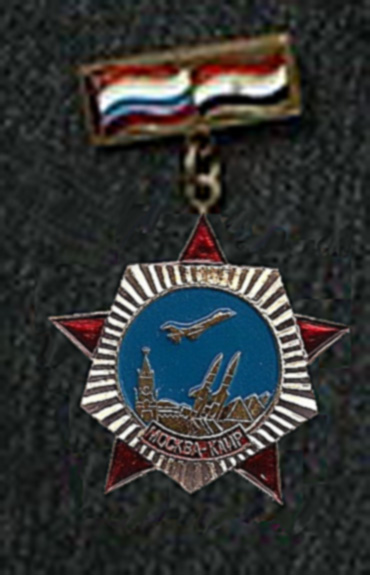
What other evidence do we have? A Russian announcement in 2014 of a planned memorial for Soviet casualties in Egypt listed “tankists.” Other veterans’ memoirs are more explicit. The leader of a Shilka anti-aircraft cannon crew, Sgt. Gennady Shishlakov, who disembarked in Alexandria with the vanguard of Kavkaz in October 1969, mentioned “tanks” in his force when interviewed in 2006. Vladimir Sakharov, a KGB operative at the Soviet consulate in Alexandria in January 1970, wrote 10 years later (after his defection to the United States) that he offered a visiting Party bigwig a tour of “our army base” in or near the city. Some inkling appears also to have been picked up by US intelligence, or shared by Israeli counterparts, though none has surfaced yet in declassified reports. In March 1971, Democratic hawks in Washington such as Sen. Henry Jackson decried “the reinforcement of Soviet missiles, forces and tanks in Egypt.”
We have personally also received one oral, hearsay testimony from a former Soviet serviceman living in Israel. He related that his non-Jewish classmate, a conscript tank driver, was sent with his outfit to Egypt in 1971 and served there until his discharge in May 1972. If correct, these dates would mean that the Soviet armored force was not just sent in temporarily when a threat of Israeli ground attack was perceived to the Soviet bases in and around Alexandria. Rather, it stayed there long enough for several tours of duty. At an armored division’s manpower level, this would mean thousands of men in total. So far, however, we have not found a single first-hand account from any of these men compared to veterans of other Soviet divisions.
Absence of evidence is, of course, not evidence of absence; it could be merely coincidental, or related to stricter secrecy and enforcement even in post-Soviet times. But we still deemed this absence sufficient to leave the question open in our book. This blog post, besides exemplifying the forensic standards we have had to apply in our research, is a call to anyone who may have spotted an account that we missed.
Why does all this matter? If such a Soviet ground force was stationed in Egypt, it would radically change the character of Kavkaz and by extension of Soviet force-projection policy overall. In talks with American officials, the Soviets only conceded a military presence for “defensive purposes” alone, against Israeli aggression. Confirming a precedent for a direct, but covert, Soviet land force intervention in Egypt almost 50 years ago may—besides correcting the historical record—also offer some insights for addressing Putin’s reenactment of Soviet strategy and methods, both in actual military action and in publicizing it (or not).
This article originally appeared in AHA Today.
Articles you may also like

The Two Countries That ‘Escaped’ The Scramble for Africa
The Scramble for Africa is often recognized as the beginning of colonialism and European Imperialism. Beginning in 1884, the scramble brought most of the African continent under European control, barring two countries – Liberia and Ethiopia. However, debate continues over whether these regions truly escaped colonialism as they grapple with the same colonial legacies that […]

Quantity Becomes a Quality All of Its Own
In the history of warfare, there have been mismatched conflicts where skilled forces have been gravely outnumbered By Caitlan Hester What leads to success or failure when quality grapples with quantity? Does victory boil down to ingenuity or is it a sheer numbers game? In this post, we’ll examine three times the underdog was underestimated; […]

